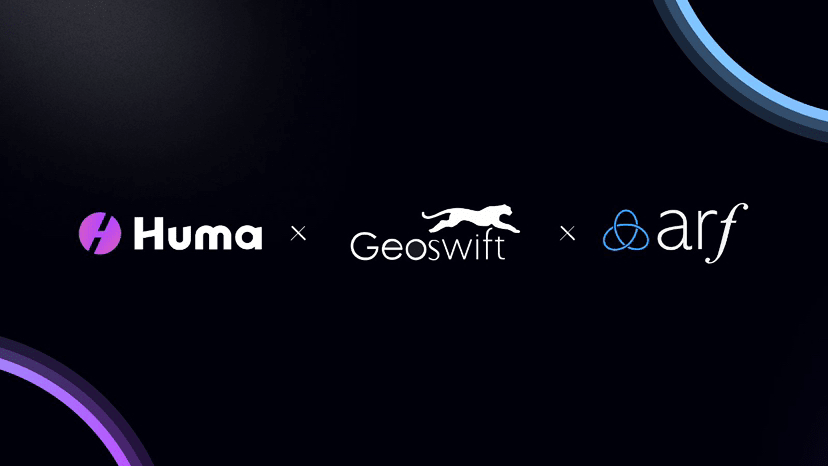#HumaFinance 🚀 Redefining the boundaries of global payments and finance, deeply integrating blockchain technology with real-world assets (RWA), and creating an open, efficient, and transparent decentralized PayFi (Payment Finance) network.
🌐 Core Vision: Reshaping the flow of global capital
@undefined Aims to address the pain points of the traditional financial system through blockchain technology and stablecoins (e.g., USDC): delays in cross-border payments (usually 3-5 days), high fees (up to $10-40 per transaction), and low transparency. Its vision is to build a "platform + super app" ecosystem, where:
- Platform Layer: Huma serves as an open liquidity protocol, aggregating on-chain pools of capital;
- Super App: For instance, cross-border settlement institution Arf utilizes a pool of funds to provide instant financing services to payment companies, achieving T+0 settlement.
Currently, Huma has processed over $4.63 billion in transaction volume, maintaining a zero-default record and providing liquidity providers with 15%-24.71% annual yields.
🛠️ Core Products and Technological Advancement
1. Dual-Mode Liquidity Pool (Huma 2.0)
- Classic Mode: Users depositing USDC can earn a stable yield of 10.5% APY + Huma points (Feathers).
- Maxi Mode: Forfeits stable earnings in exchange for 5 times Feathers points rewards, suitable for long-term participants.
Use of Funds:
- 80% allocated to PayFi assets (e.g., cross-border financing services, annual yield of 12.5%);
- 20% allocated to high liquidity DeFi protocols (e.g., Kamino, AAVE) to meet redemption needs.
2. Technical Architecture: Five-layer open network
Huma achieves efficient compliance through modular layered design:
- Trading Layer: Based on Solana's high-throughput chain (thousands of transactions per second, cost about $0.00025);
- Currency Layer: Integrated USDC stablecoin to ensure price stability;
- Compliance Layer: Built-in Chainalysis anti-money laundering screening and KYC verification;
- Financing Layer: Accounts receivable tokenization (e.g., invoice collateral), providing on-chain credit;
- Application Layer: Supports cross-border payments, trade financing, and other scenarios.
3. Innovation Highlights
- Real Asset Empowerment: Converting corporate receivables, salaries, and other RWAs into on-chain collateral, allowing loans without traditional credit checks;
- Dynamic Risk Control: Real-time credit risk assessment through on-chain signal processors and oracles;
- Multi-Chain Expansion: Deployed on Solana, Polygon, Celo, and plans to expand to Stellar to enhance cross-chain interoperability.
💰 Token Economy and Ecological Incentives
- Token Name: $HUMA
- Total Supply: 10 billion tokens (fixed cap, deflationary model)
- Core Utility:
- Governance: Holders participate in protocol upgrade voting;
- Revenue Sharing: 50% of protocol transaction fees are used to repurchase and burn $HUMA;
- Ecological Incentives: Feathers points can be exchanged for $HUMA or unlock privileged features.
- Initial Circulation: 17.33% (approximately 1.733 billion), with 5% airdropped to early users.
Ecological Cooperation and Growth Potential

Huma has secured $46 million in funding, with investors including Galaxy Digital, Circle Ventures, Solana Foundation, and other top institutions. Key collaborations:
- With Jupiter: Integrated $PST token trading and liquidity mining in the Solana ecosystem;
- With Arf: Jointly building a closed-loop for cross-border settlement, with annual yields reaching 15%-25%;
- With KaitoI: Launched community reward activities, allocating 0.5% token incentives to content creators.
Future Outlook: The universal glue of PayFi
Huma is becoming the "universal glue" connecting traditional finance and DeFi:
- Short-term Goal: Expand to the Stellar chain and launch AI-driven payment analysis tools;
- Long-term Vision: Covering a global payment market of $30 trillion, achieving an open financial network of "any asset, any chain, instant settlement."
#HumaFinance $HUMA Not just a protocol, but a financial inclusion revolution—enabling everyone to participate in the value distribution of global capital flows.


